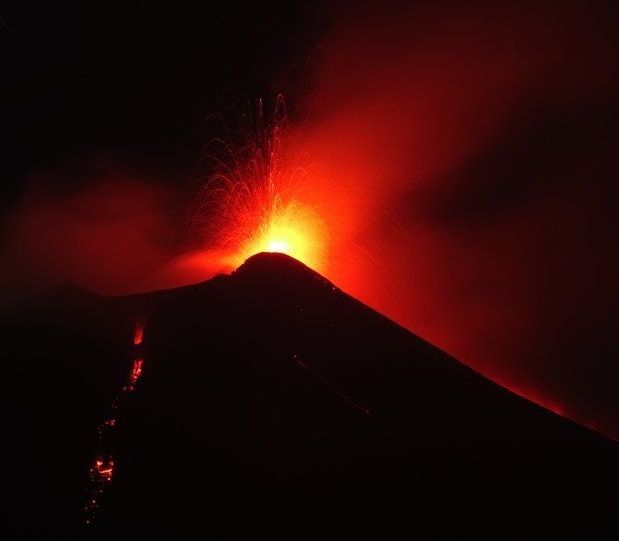The following is the third and last part of a short fictional story about a man realizing for the first time his deep desire to avoid aging and death. We published the first and second parts of the story on the last two Fridays, so check them out if you missed them.
Right after you wake up, there is a brief moment when you don’t yet know how you feel. That Sunday morning, that moment was even shorter than usual. The same anxiety as the previous night assailed me even before I could get out of bed.
The clock on the shelf said it was 11:30. I had slept almost 12 hours straight, but I wasn’t rested at all. Tired and depressed, I got up with difficulty, with a constant feeling of imminent catastrophe. I cast a glance out the window, and I noticed that the sky was clear and bright again. Upon closer inspection, I noticed the streets too were perfectly dry, as if it hadn’t rained for days. Indeed, the sun seemed to be very hot.









